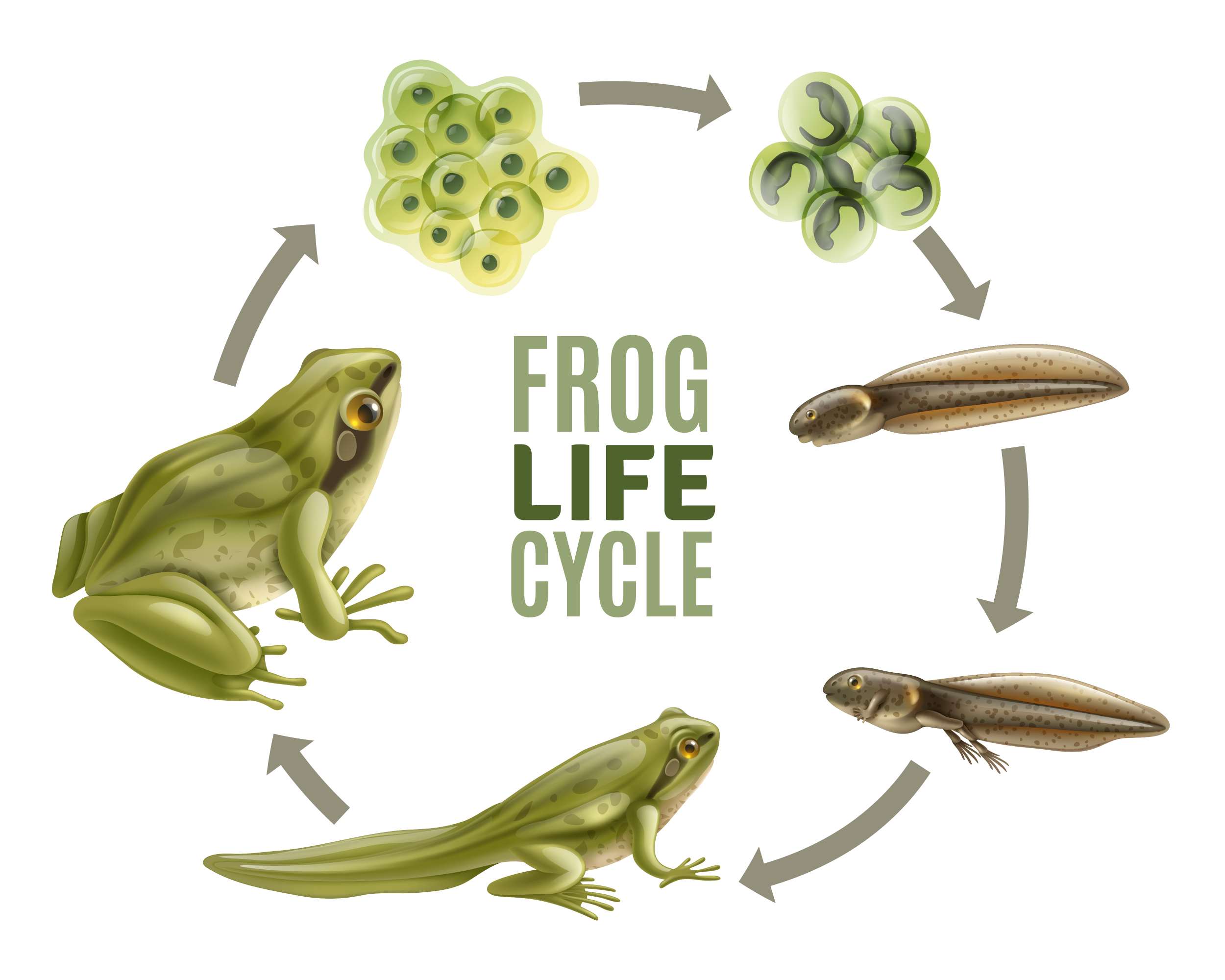Textbook Exercise

Reproduction in Animals Class 8th Science
1. Explain the importance of reproduction in organisms.
Ans: For a species to survive and continue, reproduction is essential. It guarantees the creation of new people, enabling the transmission of genetic information to succeeding generations. In order to retain genetic diversity, adapt to shifting circumstances, and improve their chances of surviving, organisms must reproduce. Additionally, it permits the natural selection process to perpetuate advantageous features and eradicate unfavourable ones.
2. Describe the process of fertilization in human beings.
Ans: In humans, fertilisation is the process by which an egg cell from the female and a sperm cell from the male combine to form a zygote. Usually, the fallopian tubes are wherein fertilisation takes place. A sperm cell produces enzymes as it approaches the egg, allowing it to break through the egg’s defences. The membranes of the egg and the sperm fuse once a single sperm successfully enters the egg, fusing their genetic material. This results in the formation of a zygote, which then divides into embryos by cell division.
3. Choose the most appropriate answer
(a) Intemal fertilization occurs
(i) in female body.
(i) outside female body.
(ii) in male body
(iv) outside male body.
(b)A tadpole develops into an adult frog by the process of
(i) fertilization. (i) metamorphosis. (ili) embedding. (iv) budding
(c) The number of nuclei presentin a zygote is
(i) none. (i)one. (ii) two. (iv) four.
Ans:
(a) Internal fertilization occurs (i) in the female body.
(b) A tadpole develops into an adult frog by the process of (i) metamorphosis.
(c) The number of nuclei present in a zygote is (iv) four.
4. Indicate whether the following statements are True (T) or False (F):
(a) Oviparous animals give birth to young ones.
(b) Each sperm is a single cell.
(c) External fertilization takes place in frog.
(d) A new human individual develops from a cell called gamete.
(e) Egg laid after fertilization is made up of a single cell.
(f) Amoeba reproduces by budding.
(g) Fertilization is necessary even in asexual reproduction.
(h) Binary fission is a method of asexual reproduction.
(i) A zygote is formed as a result of fertilization.
(j) An embryo is made up of a single cell.
Ans:
(a) Oviparous animals give birth to young ones. (F)
(b) Each sperm is a single cell. (T)
(c) External fertilization takes place in frog. (T)
(d) A new human individual develops from a cell called gamete. (F)
(e) Egg laid after fertilization is made up of a single cell. (F)
(f) Amoeba reproduces by budding. (F)
(g) Fertilization is necessary even in asexual reproduction. (F)
(h) Binary fission is a method of asexual reproduction. (T)
(i) A zygote is formed as a result of fertilization. (T)
(j) An embryo is made up of a single cell. (F)
5. Give two differences between a zygote and a fetus.
Ans: – 1. A zygote is the result of the fusion of a sperm and an egg, while a fetus is the stage of prenatal development after the embryonic stage.
2. A zygote consists of a single cell, whereas a fetus is multicellular formed from repeated cell divisions of the zygote.
6. Define asexual reproduction. Describe two methods of asexual reproduction in animals.
Ans: Asexual reproduction refers to a type of reproduction in which offspring are born from a single parent without the use of gametes or the fusing of genetic material. Offspring produced as a result are genetically identical to or very similar to their parents.
Two methods by which animals can reproduce asexually are:
Budding: In this technique, the parent organism develops a little protrusion, or bud. The bud matures into a new person and finally separates from the parent as it grows and develops.
Regeneration: Some animals can regenerate missing bodily parts. For instance, planarians and starfish both have the ability to regenerate entire animals from the pieces of their damaged bodies.
7. In which female reproductive organ does the embryo get embedded?
Ans: The embryo gets embedded in the uterus.
8. What is metamorphosis? Give examples.
Ans: Metamorphosis is a biological process during which body of an organism undergoes developmental changes and is transformed from one stage of development to another. It is noticed creatures, including insects, amphibians, and others animals.8
Examples:- The full metamorphosis of a caterpillar into a butterfly.
– The partial metamorphosis of a tadpole into a frog.
9.Differentiate between internal fertilization and external fertilization.
Ans: Internal fertilization occurs when the fusion of sperm and egg takes place inside the body of the female. It is common in terrestrial animals and some aquatic animals.
External fertilization, on the other hand, occurs when the fusion of sperm and egg happens outside the body, typically in water. It is common in many aquatic organisms, such as fish and amphibians.
10. Complete the cross-word puzzle using the hints given below
Across
1. The process of the fusion of the gametes.
6. The type of fertilizationin hen.
7. The tem used for bulges observed on the sides of the body of Hydra.
8. Eggs are produced here.
Down
2. Sperms are produced in these male reproductive organs.
3. Another term for the fertilized egg.
4. These animals lay eggs.
5. A type of fission in amoeba.

Ans:
Across:
1. The process of the fusion of the gametes – Fertilization
6. The type of fertilization in hen – Internal
7. The term used for bulges observed on the sides of the body of Hydra – Buds
8. Eggs are produced here – Ovaries
Down:
2. Sperms are produced in these male reproductive organs – Testes
3. Another term for the fertilized egg – Zygote
4. These animals lay eggs – Oviparous
5. A type of fission in amoeba – Binary

